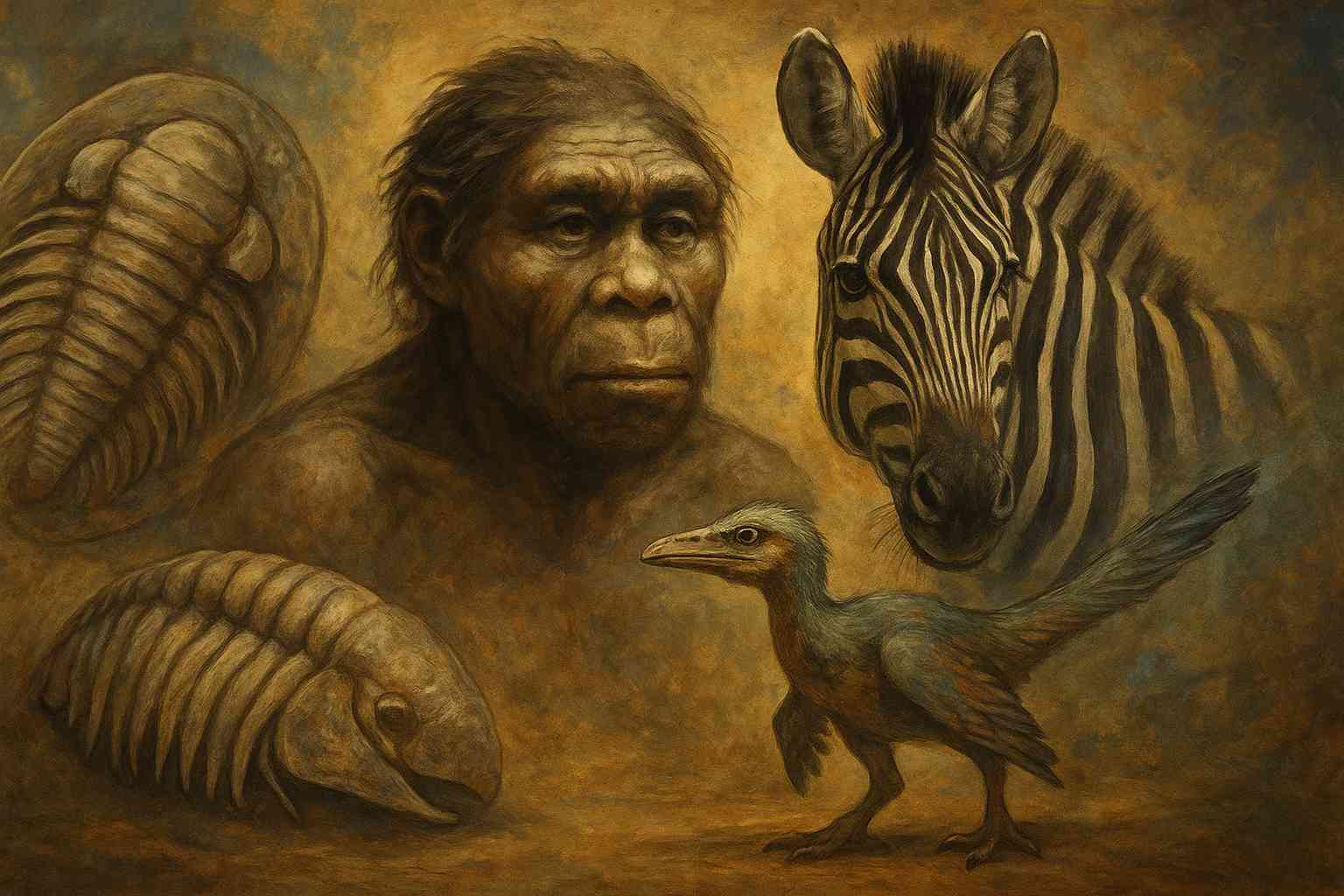Despite centuries of research, evolution continues to leave scientists with more questions than answers. Fossil records, genetic analysis, and comparative studies provide clues, but certain aspects of life’s development remain puzzling. These mysteries challenge our understanding of how species evolved, adapted, and survived—and some may completely reshape evolutionary theory in the future.
1. The Sudden Explosion of Cambrian Life
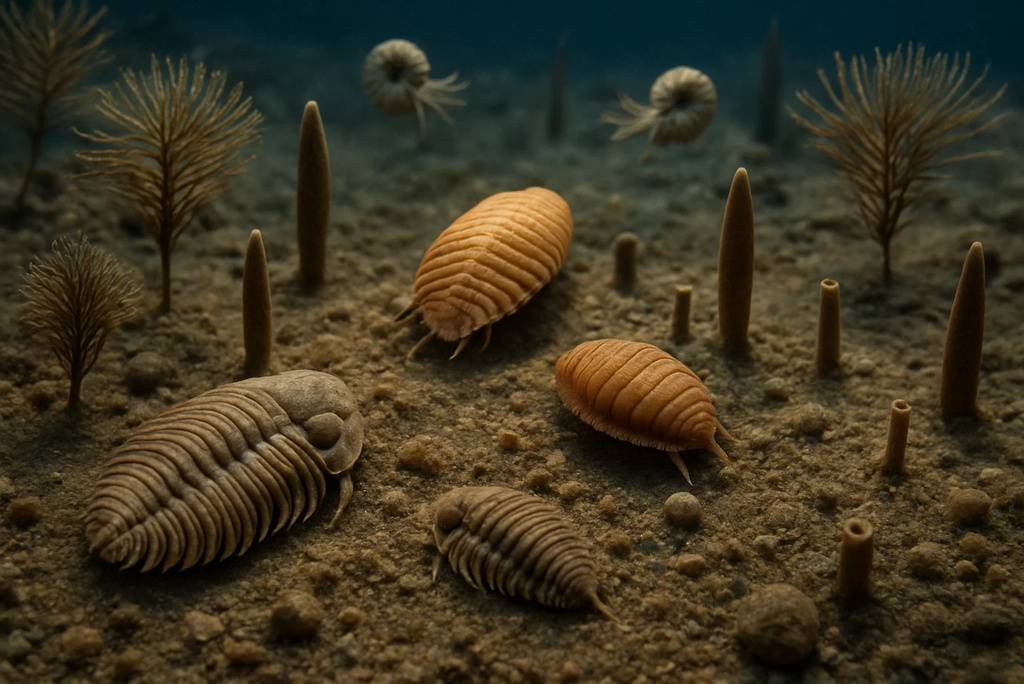
About 541 million years ago, the Cambrian Explosion saw the rapid emergence of most major animal groups in the fossil record. But why did such a vast diversification occur in such a short time? Theories range from changes in oxygen levels to genetic innovations like the evolution of Hox genes, yet no single explanation fully accounts for it. Evidence from fossil sites like the Burgess Shale highlights this abrupt evolutionary leap, inspiring deeper research into biological complexity and leaving scientists with countless unanswered questions.
2. The Origin of Complex Eukaryotic Cells
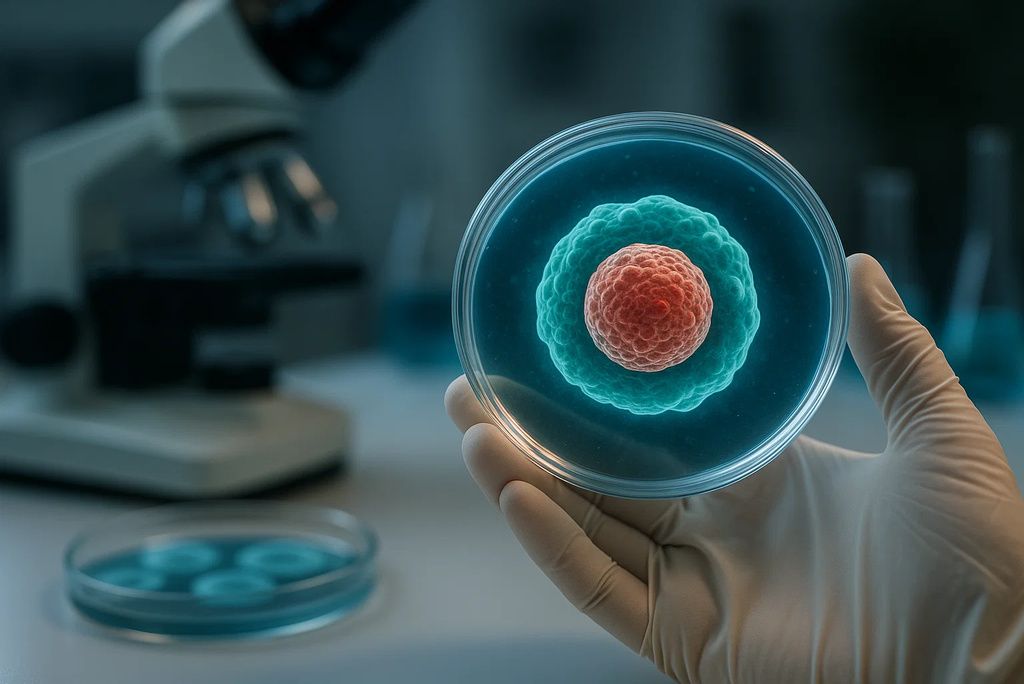
How did simple prokaryotic cells evolve into complex eukaryotic ones with nuclei and organelles? The endosymbiotic theory suggests mitochondria and chloroplasts were once independent organisms engulfed by host cells, but the exact timeline and steps remain unclear. This transition was a turning point in life’s history, yet direct fossil evidence is limited. Studies on modern extremophiles provide valuable clues but not definitive answers, keeping scientists engaged in this evolutionary puzzle as they explore new possibilities with advanced technologies.
3. Why Did Human Brain Size Triple?
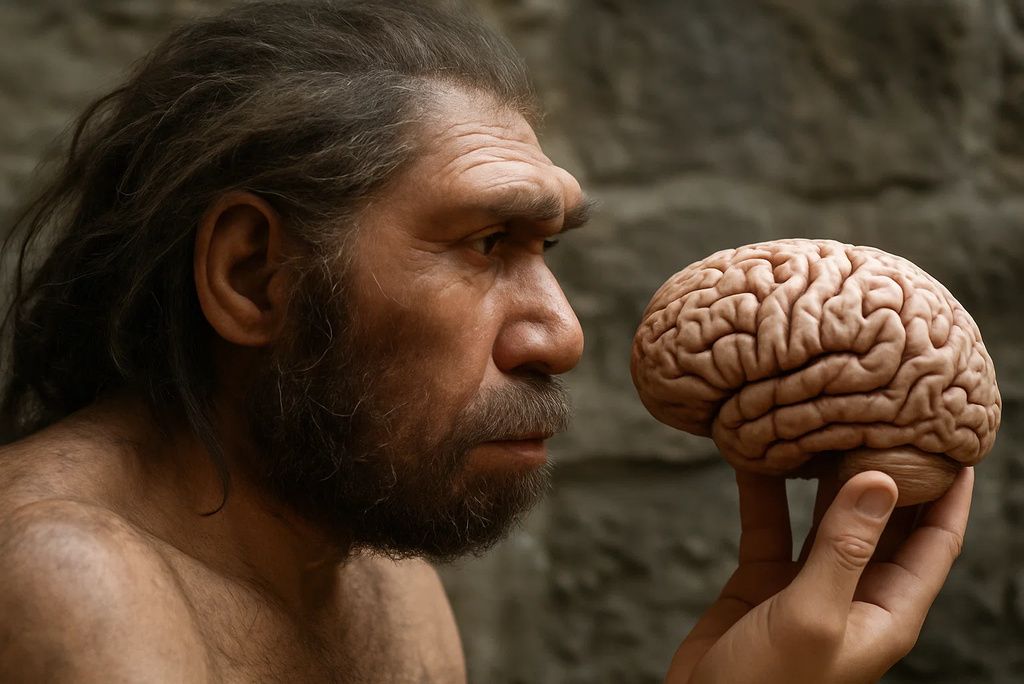
The human brain has tripled in size over the past 6 million years, but the evolutionary pressures behind this change remain debated. Hypotheses include improved social cooperation, tool use, and dietary changes such as increased meat consumption. However, larger brains also come with high energy costs, making the selective advantage of such expansion an ongoing mystery that drives continuing scientific inquiry today while sparking heated debates across multiple academic disciplines.
4. The Purpose of Zebra Stripes
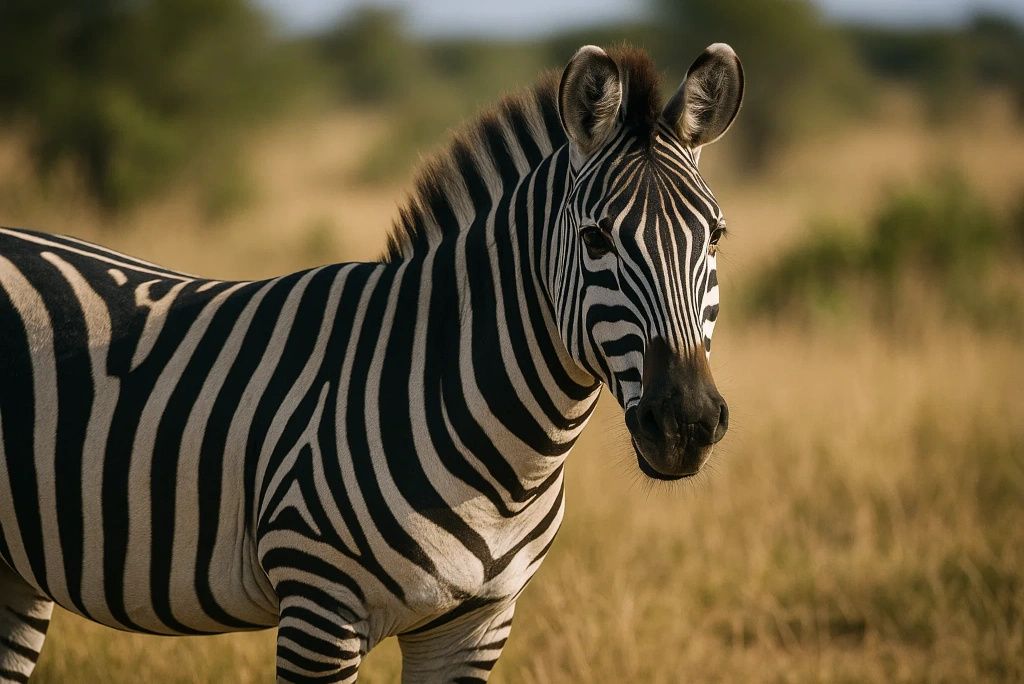
Zebras’ iconic stripes have long puzzled scientists. Some suggest they evolved as camouflage; others believe they deter biting flies or regulate body temperature. Recent studies favor the fly-deterrent hypothesis, but no consensus exists among evolutionary biologists. Interestingly, striping patterns vary by region, adding another layer of complexity and deepening the mystery of this fascinating adaptation, leaving researchers intrigued and committed to further investigation.
5. The Evolution of Flight in Birds
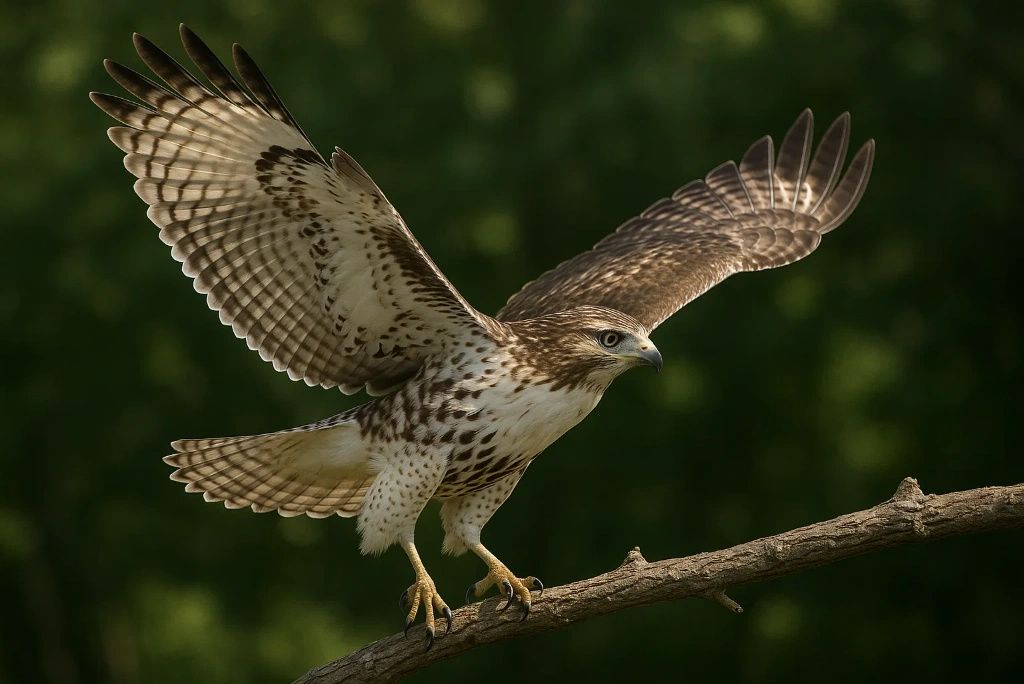
How did dinosaurs evolve into birds capable of powered flight? Fossils like Archaeopteryx show transitional forms, yet the sequence of adaptations—from feathers for insulation or display to their use in flight—is still under debate. Multiple flight models (e.g., “trees-down” vs. “ground-up”) complicate the story, leaving scientists to continuously explore competing theories and interpretations while carefully examining fossil evidence from different evolutionary stages (Smithsonian Magazine).
6. Why Do We Still Have Wisdom Teeth?

Human evolution has reduced jaw size, making wisdom teeth problematic. But why haven’t they disappeared entirely? Some suggest they persist as vestigial structures because evolution has not had enough time to eliminate them. Others argue dietary shifts might still influence their future evolution, sparking ongoing discussions among researchers about their long-term role in human biology and evolutionary development (Harvard School of Dental Medicine).
7. The Origin of Multicellularity

Single-celled organisms dominated Earth for billions of years, but how and why did multicellularity arise? Various theories suggest benefits like cooperative feeding and protection, yet no single pathway explains it across all multicellular lineages. Remarkably, this innovation evolved independently in plants, fungi, and animals, revealing evolution’s astonishing creativity and adaptability across diverse biological environments while raising significant questions about its evolutionary triggers (PNAS).
8. Why Did Neanderthals Disappear?
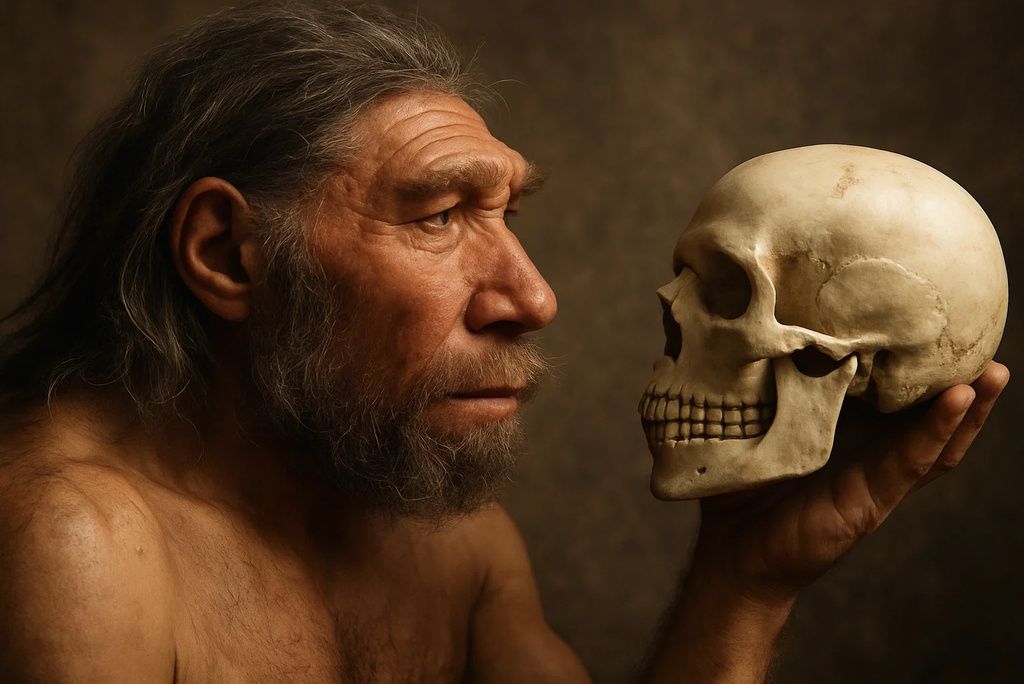
Neanderthals thrived in Europe for over 300,000 years but vanished around 40,000 years ago. Interbreeding with modern humans explains some genetic absorption, but it doesn’t clarify their extinction. Climate change, disease, and competition are all proposed causes, but definitive evidence remains elusive. This enduring mystery continues captivating scientists and fueling fresh interdisciplinary research aimed at uncovering the final chapters of their story (Nature).
9. The Evolutionary Purpose of Aging

Why do organisms age at all? Evolutionary theories like the “disposable soma” hypothesis suggest resources are allocated toward reproduction rather than long-term maintenance. Yet, some species show negligible aging, raising questions about whether senescence is inevitable or an adaptive trait shaped by evolutionary pressures. Understanding this remains a pressing biological challenge that could transform medicine and influence future longevity strategies.
10. The Origin of Language

Language is uniquely human, but its evolutionary origins remain speculative. Did it emerge gradually from primate communication or appear abruptly with Homo sapiens? The lack of physical evidence, like “fossilized speech,” makes it difficult to study. Genetic research on FOXP2 and archaeological findings of symbolic artifacts provide partial insights that slowly refine our understanding while inspiring fascinating interdisciplinary discussions on communication evolution.
11. The Role of Viruses in Evolution
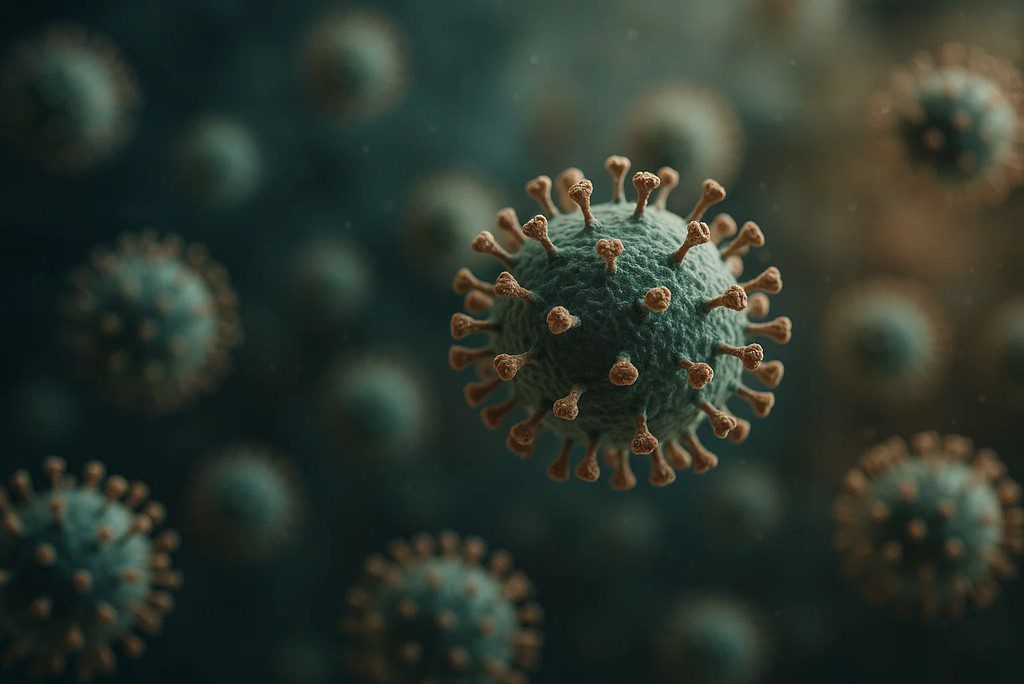
Viruses are often seen as purely harmful, yet they may have played a significant role in evolution by transferring genetic material between species. Some human genes originate from viral DNA, including those vital for placenta development. However, the extent of viral influence remains poorly understood, requiring continued exploration by geneticists and evolutionary biologists who are uncovering surprising connections with human adaptability (Nature Reviews Genetics).
12. Why Do Some Species Exhibit Altruism?
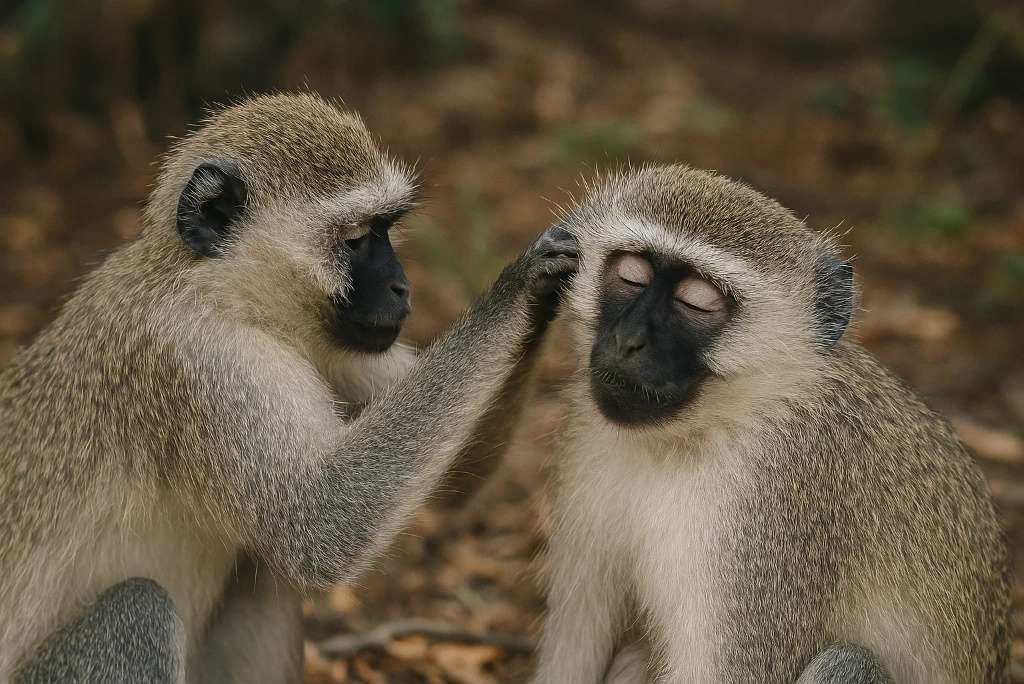
Altruistic behavior—helping others at one’s own expense—seems counterintuitive to survival. Kin selection and reciprocal altruism provide partial explanations, but behaviors like cooperative breeding in meerkats and self-sacrifice in social insects still raise questions. Why does natural selection favor such traits, and what benefits outweigh individual costs? This paradox fascinates researchers striving to understand the evolutionary roots of cooperation (Stanford Encyclopedia of Philosophy).
13. The Evolutionary Role of Sleep

Sleep is universal across animals, yet its evolutionary function is still debated. Theories include memory consolidation, energy conservation, and detoxification of the brain. But why would evolution favor a state of vulnerability? The persistence of sleep across species suggests its importance is profound but still not fully grasped by scientists today, motivating deeper research into this biological necessity.
14. The Development of Consciousness

Consciousness is one of evolution’s greatest enigmas. How did self-awareness and subjective experience evolve from neural processes? Neuroscience has mapped brain activity linked to consciousness, but its origins and purpose remain highly speculative, with theories ranging from social coordination to survival advantage. Its mystery keeps philosophers and scientists deeply engaged, searching for answers across multiple academic fields.
15. The Mystery of Sexual Reproduction

Sexual reproduction dominates despite its energy costs and slower population growth compared to asexual reproduction. Why did evolution favor it? Theories suggest it increases genetic diversity to combat parasites and environmental challenges, yet no single explanation fully accounts for its prevalence across species, keeping this debate alive among experts and encouraging fresh, comprehensive evolutionary studies.
Disclaimer: This article is for informational purposes only and does not constitute medical or scientific advice.

